50 Years of Volkswagen 411
If one thinks about Volkswagen, the diesel scandal, which has been haunted by the media landscape for the last few years, for many overshadows many good and interesting vehicles from the past. Too bad, because the brand from Wolfsburg has a very interesting brand history, although not always free of mistaces and scandals – but which other company with a similar age does not have them? Depending on the leading people of each individual period the brand’s developers could more or less freely work on new projects. But even when the corset was tightly laced, such as from the 1950s to the early 70s, the engineers created interesting vehicles within their scope of possibilities. Although the rear-engine with rear-wheel drive was firmly anchored in the VW model policy, there was nowhere written that the engineering team had to confine to Beetle, Transporter and the sleek Karmann Ghia.
First in 1961 they launched the new Type 3, which was marketed as 1500 in the body styles sedan, TL (Touring-Limousine) and Variant (station wagon). For customers, who wished for an even larger car, Volkswagen developed the Type 4, which rolled to the dealers as 411 in 1968. In contrast to Type 1 (Beetle), Type 2 (Transporter) and Type 3, the new Type 4 for the first time received a self-supporting bodywork without the central tube frame used by the other models. In general there were several differences to the other models from the lineup. It took over the semi-trailing arm rear axle introduced a year earlier in the Transporter T2, but combined it with coil springs instead of torsion bars. At the front for the first time a MacPherson axle was used. In addition, there was a version with four doors next to the three-door hatchback sedan from the beginning, making it the first Volkswagen with four doors. A year later a three-door station wagon followed with the known designation Variant.
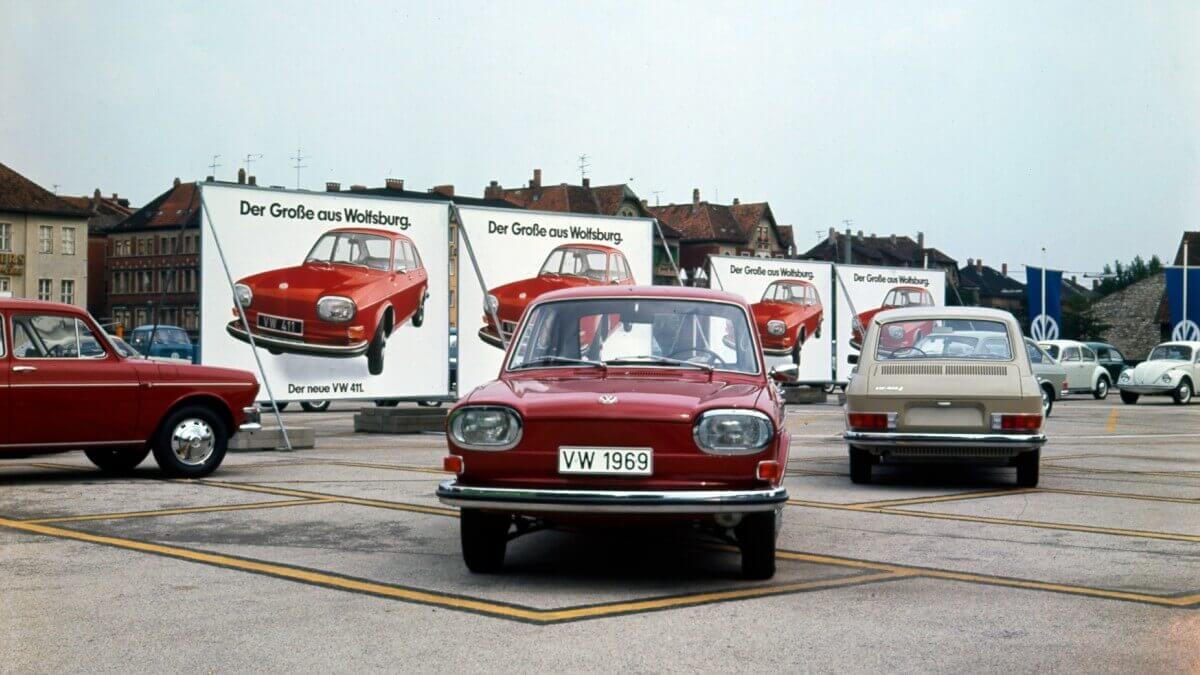



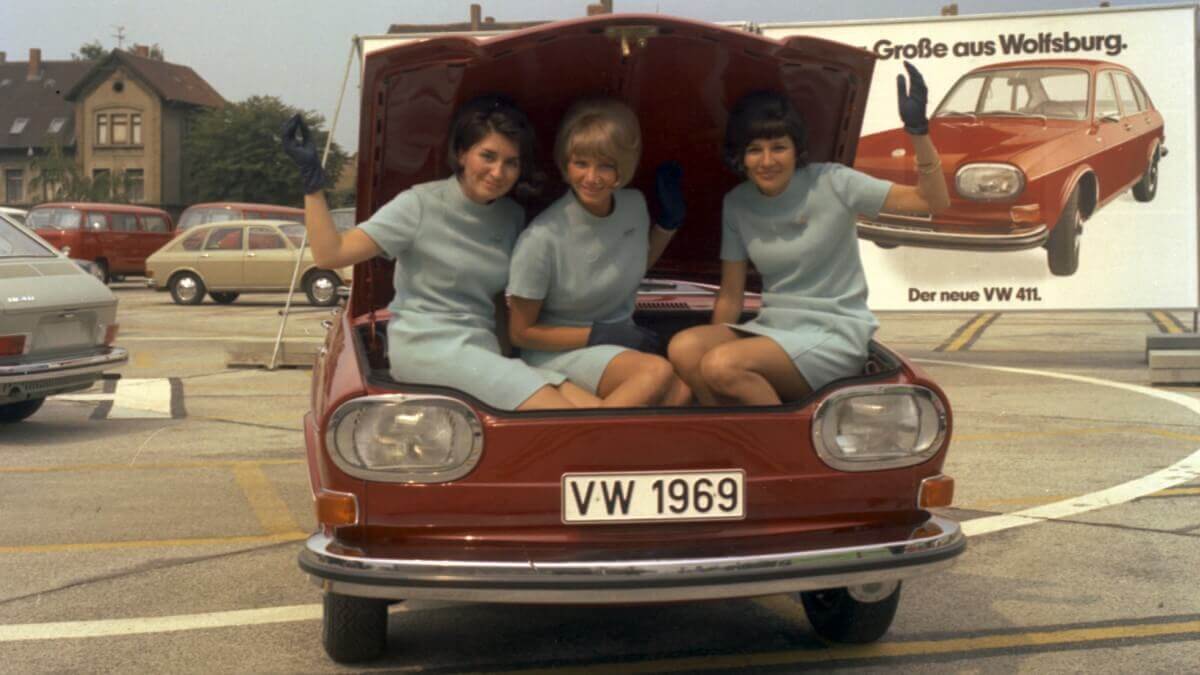



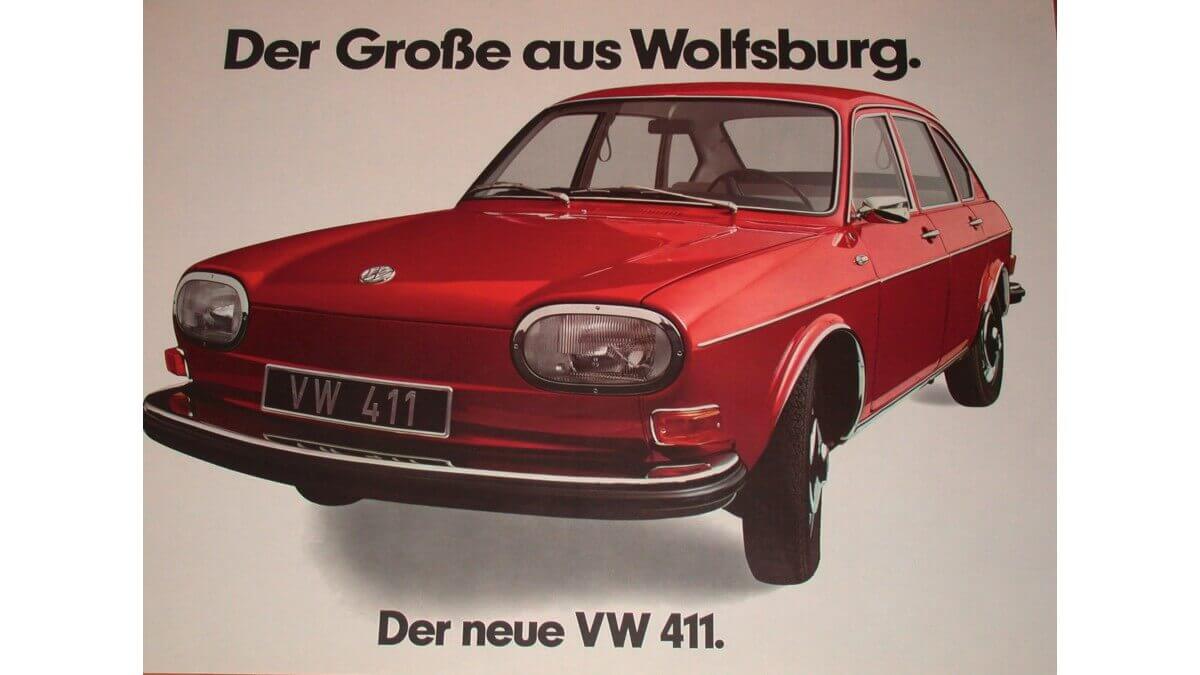



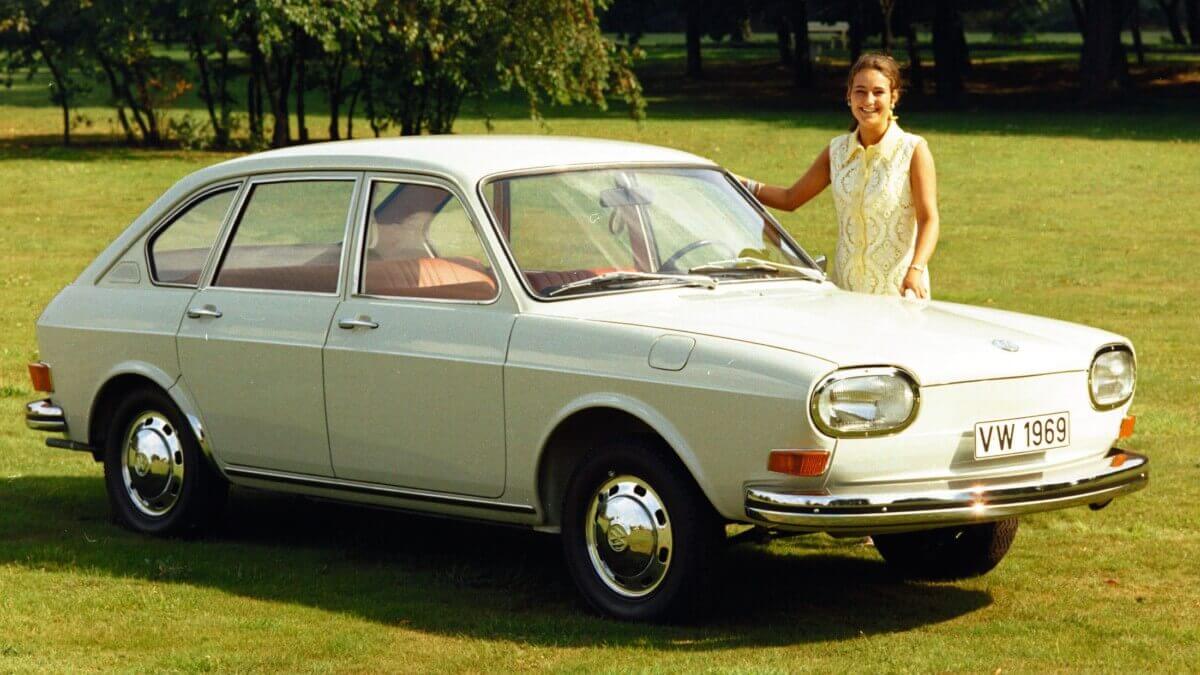



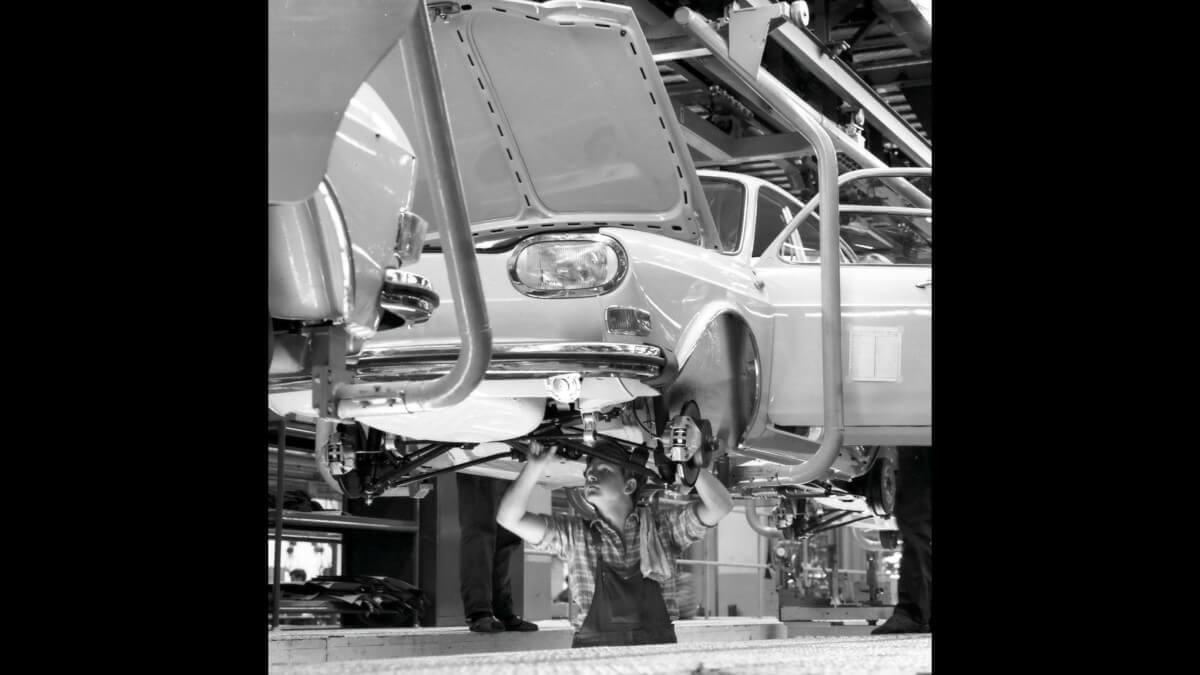



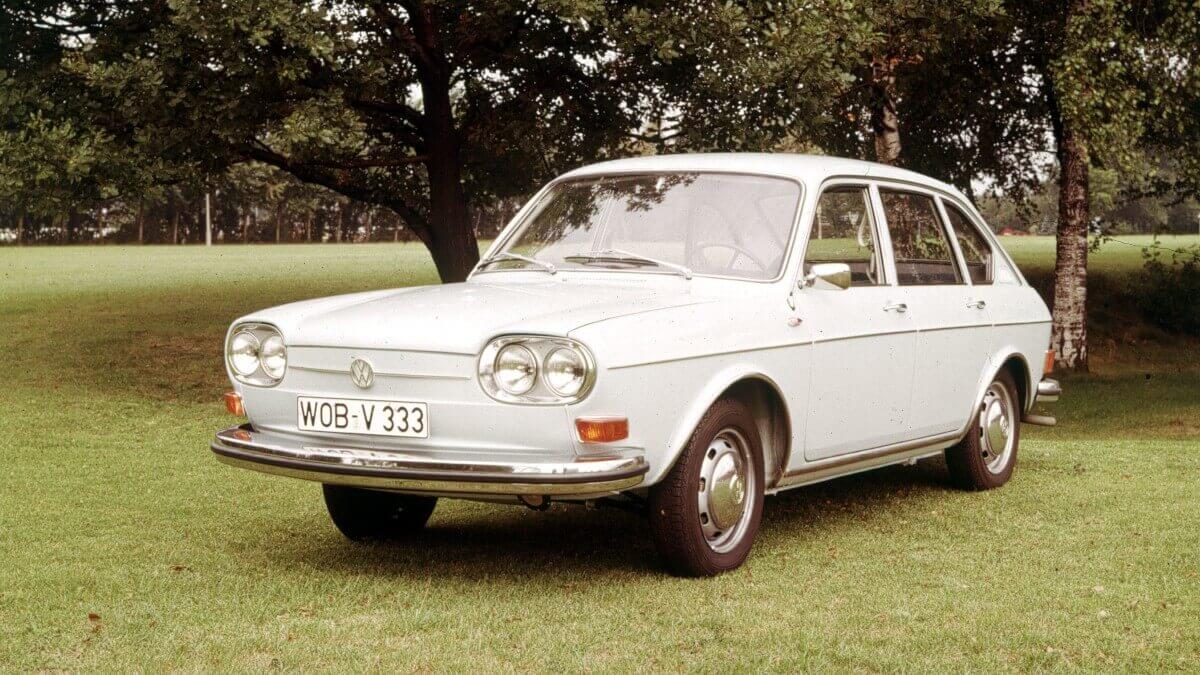



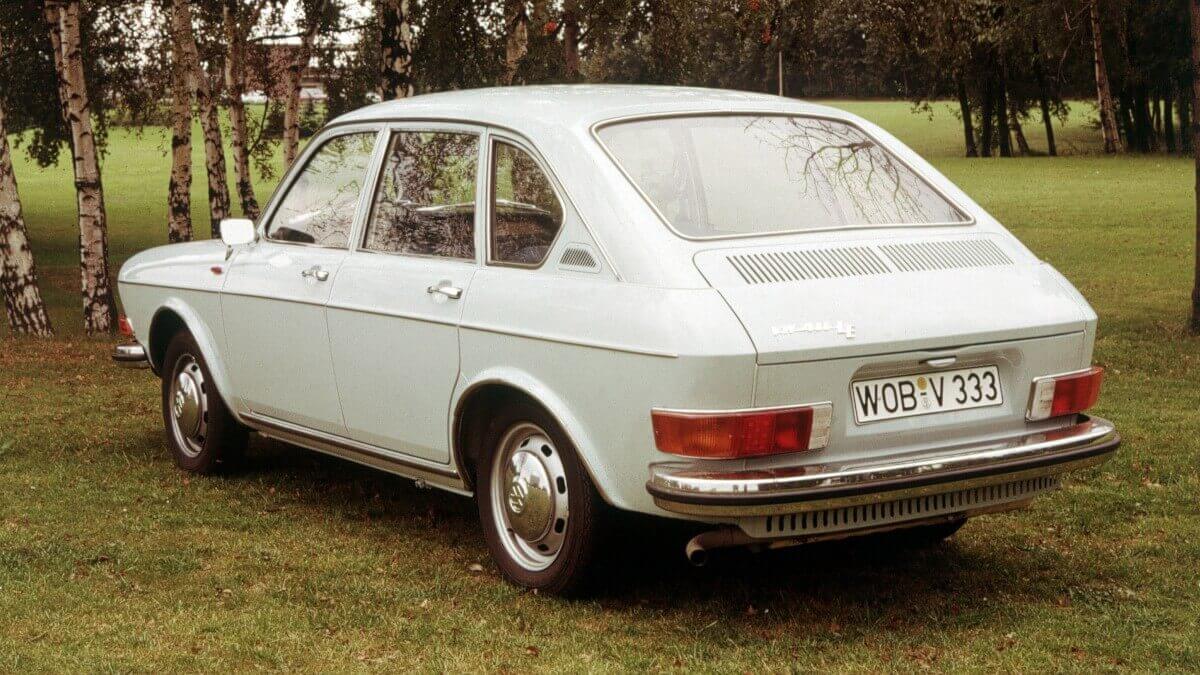



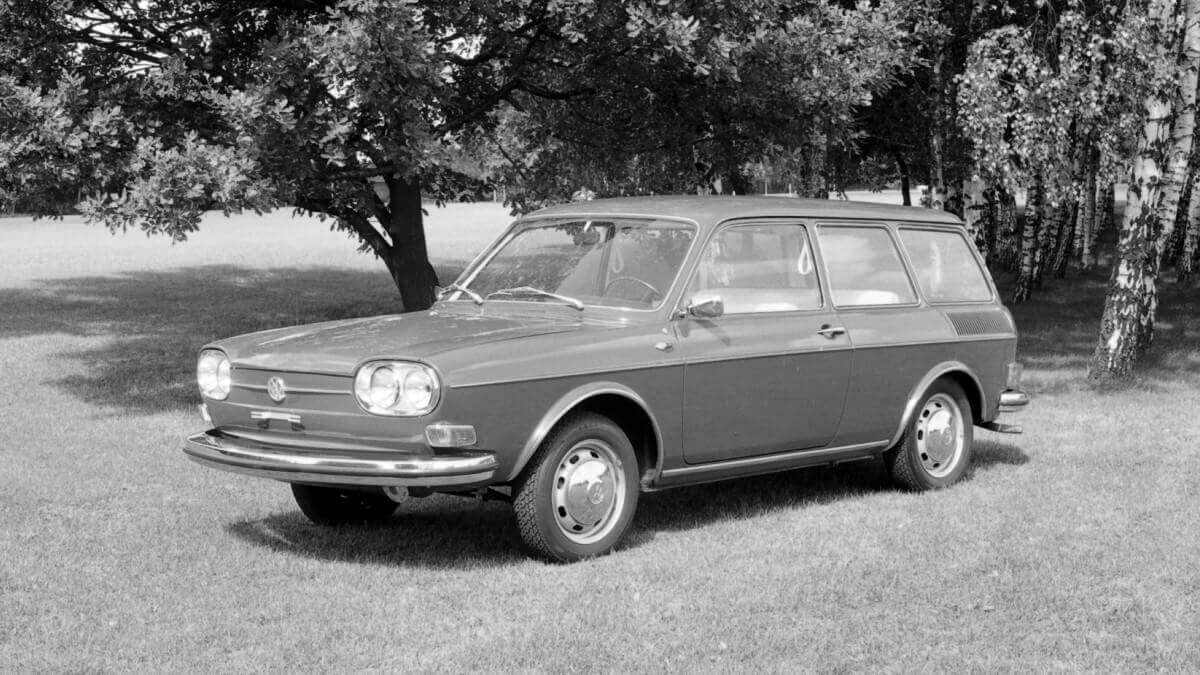



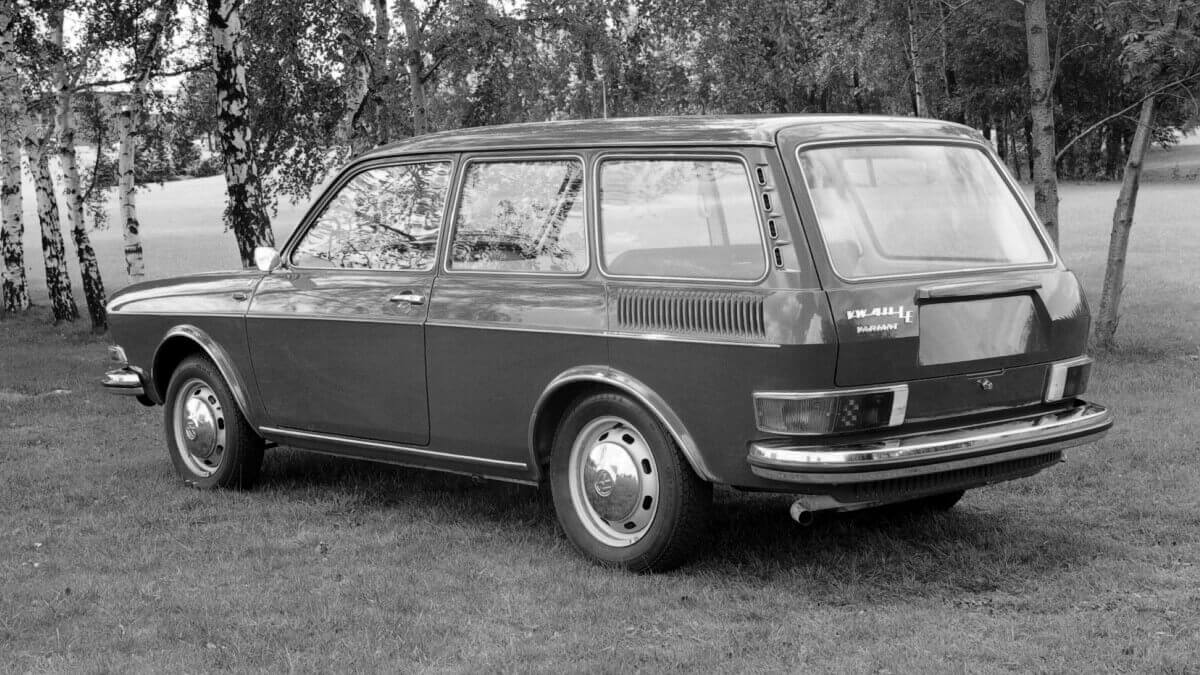



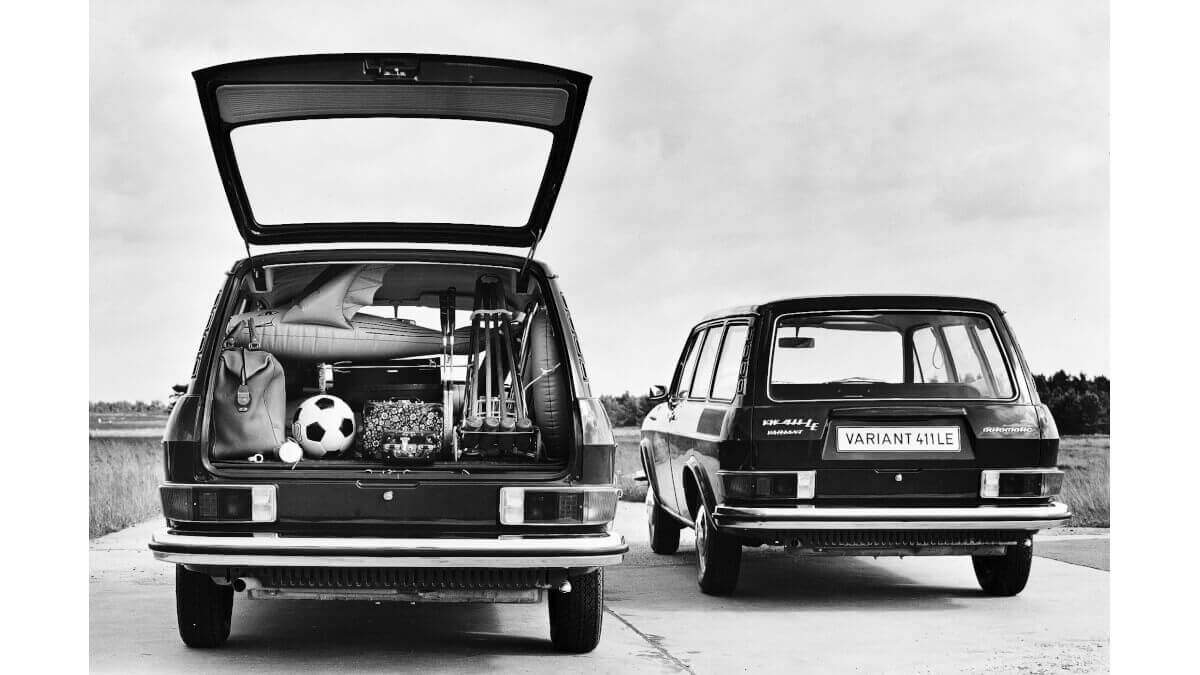



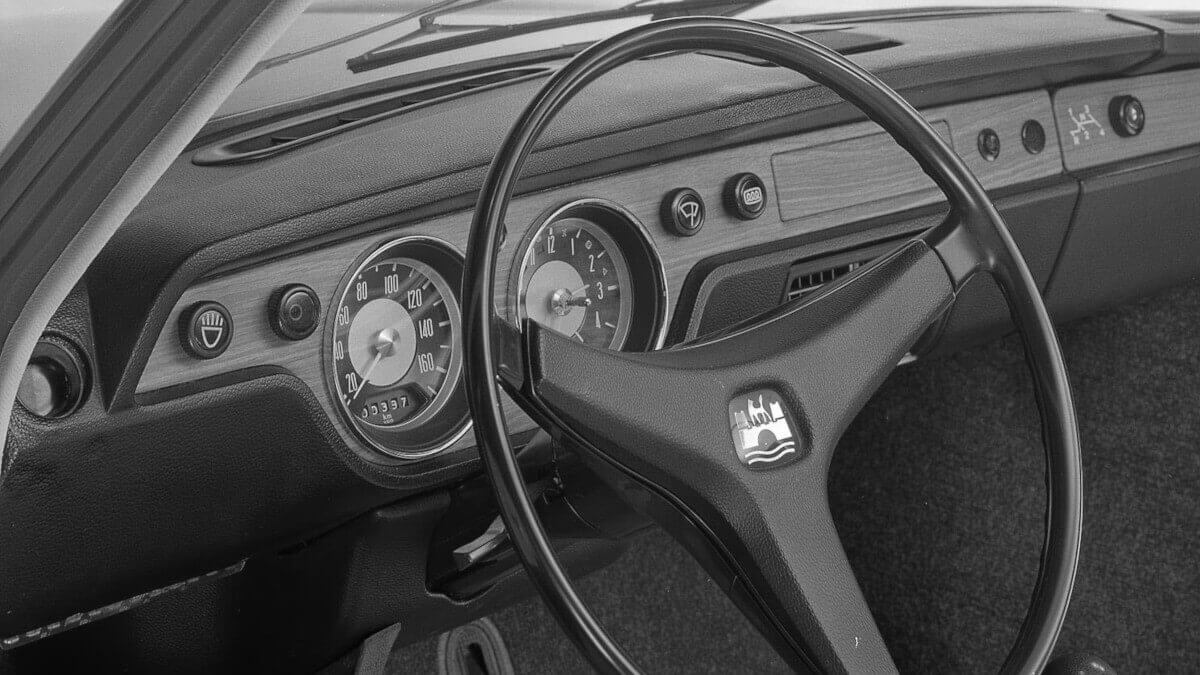



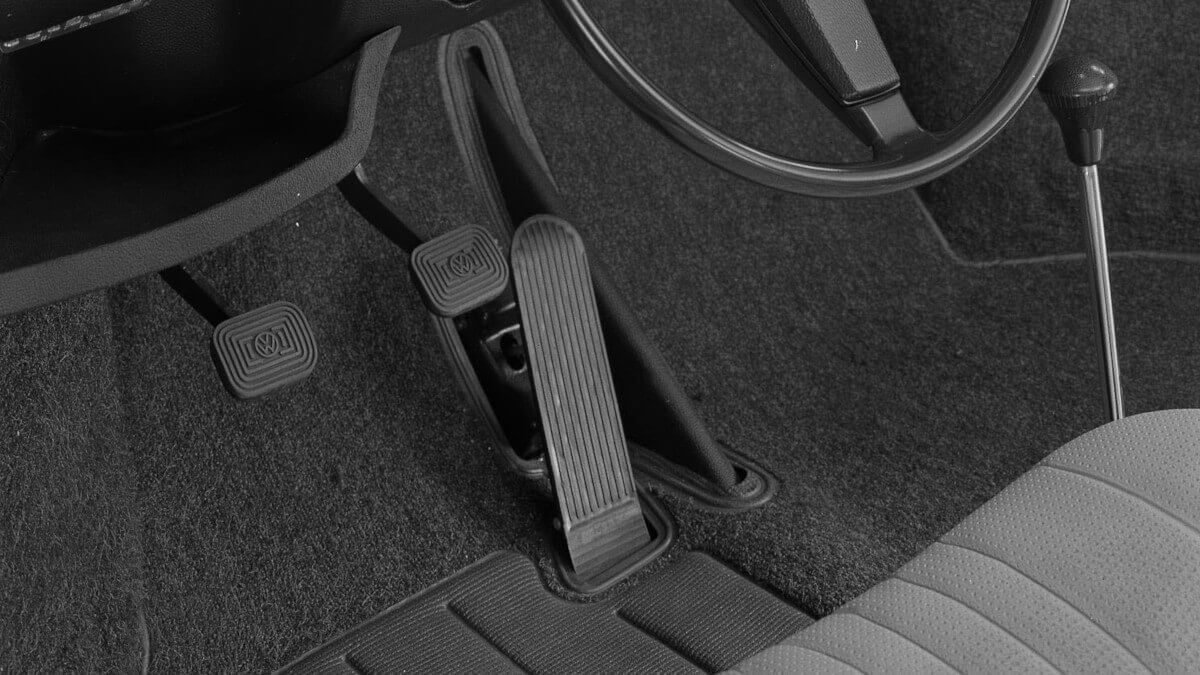



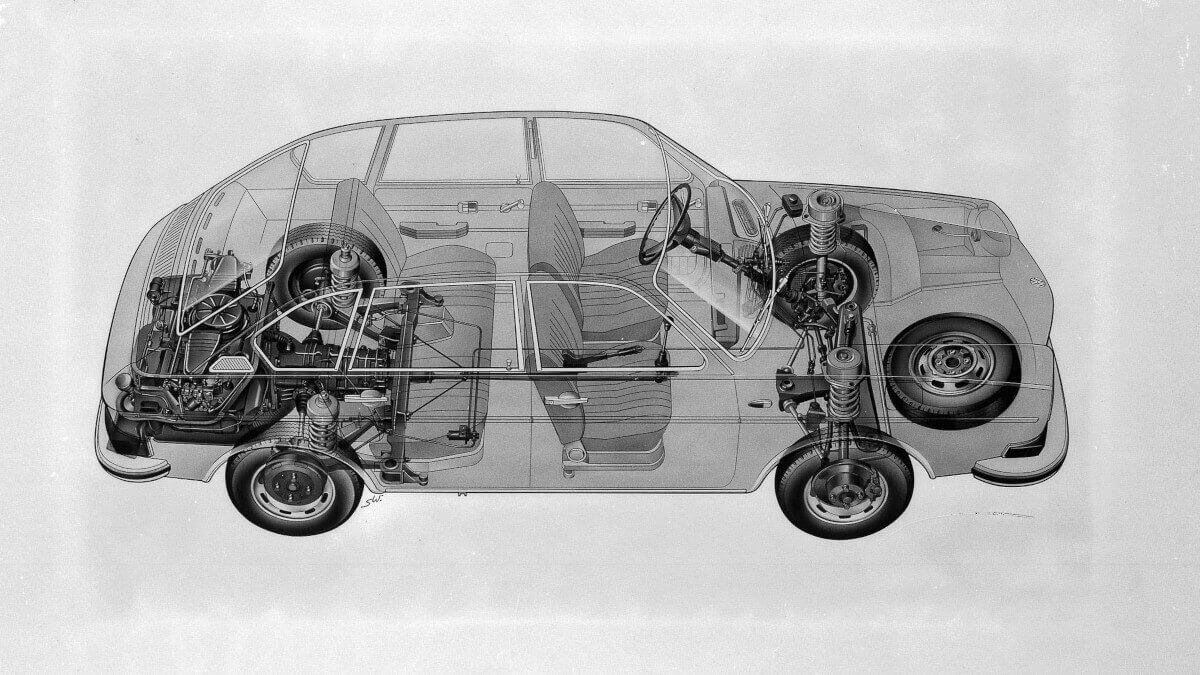



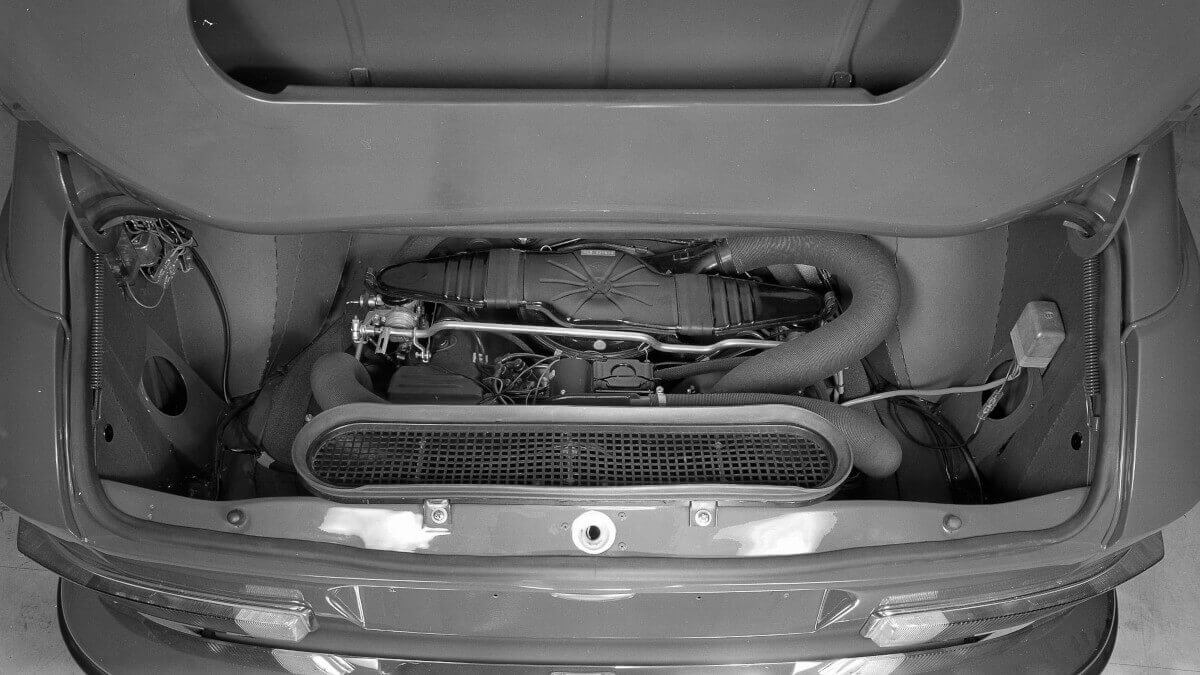



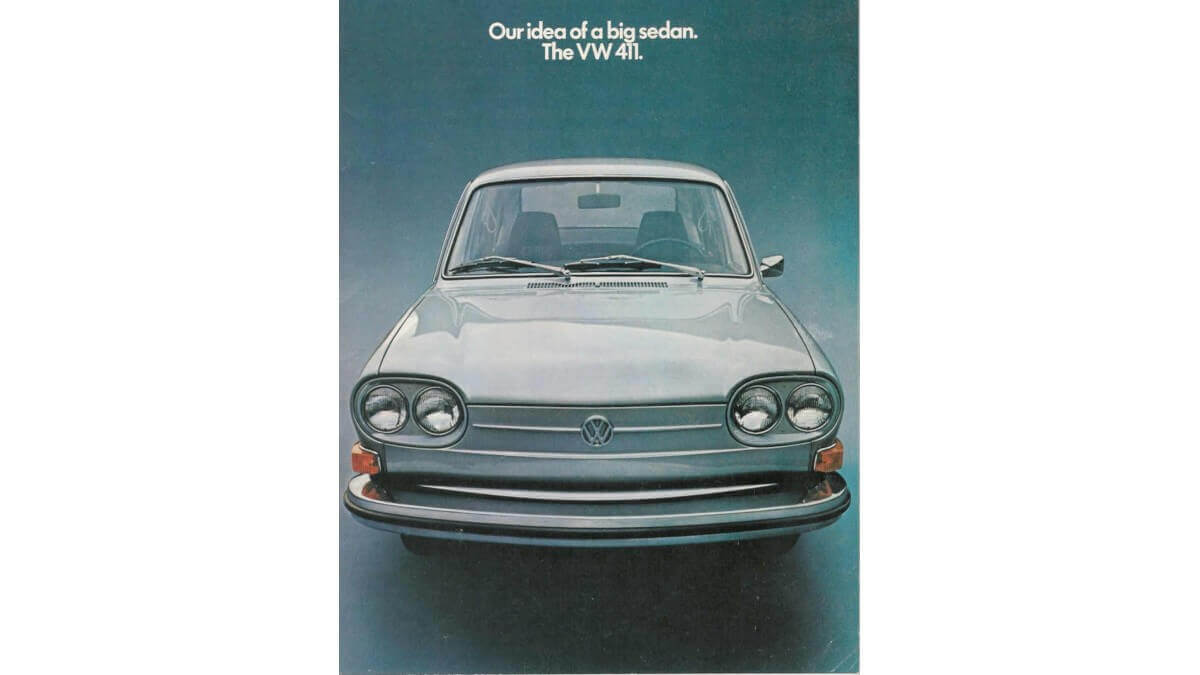



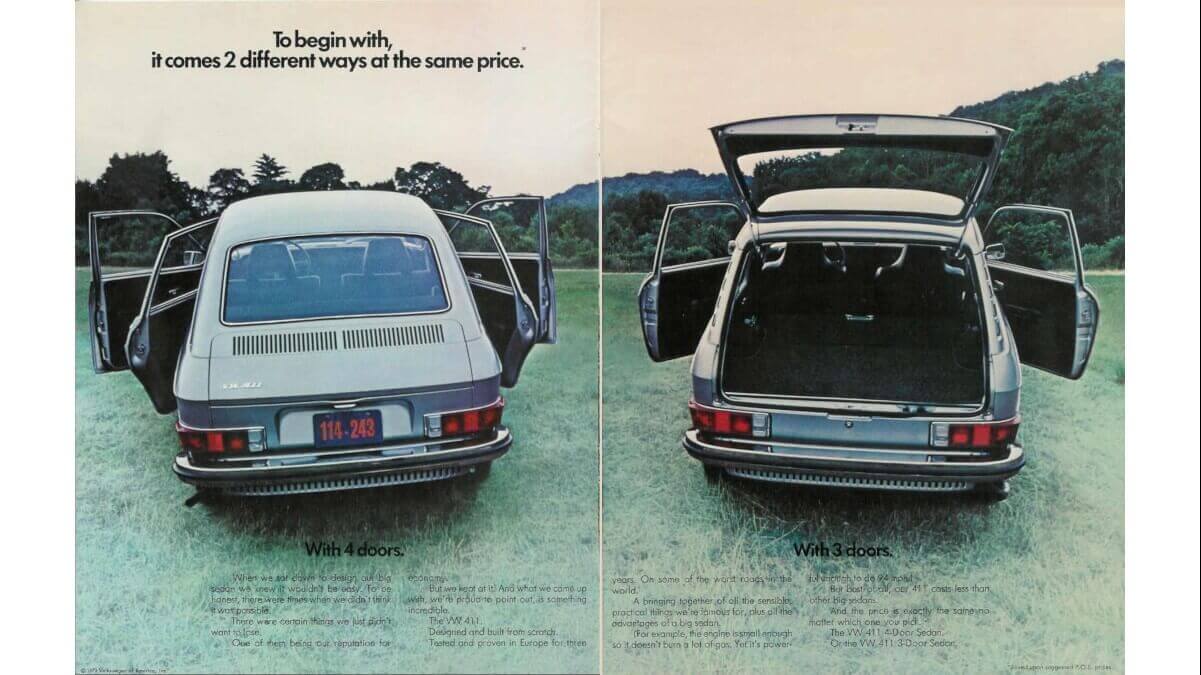



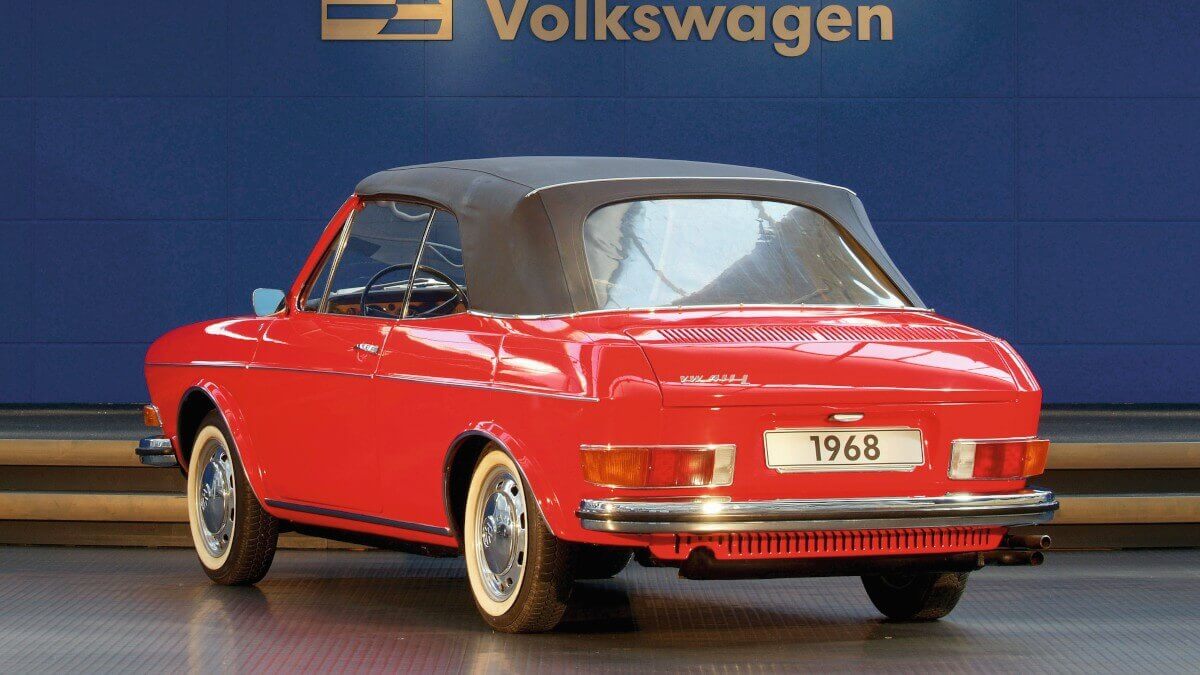



As the 411 not only offered plenty of room for passengers inside, but should also carry their luggage, it got a long front with large trunk in front of the windscreen. It wasn’t easy to hide it optically and so the car immediately got a popular nickname: coatie. The three-door version and the Variant had another trunk above the engine in the rear. Only in the first year of production, the car showed oval headlights with continous glazing, from 1969 there were two round headlights found in the same housing. At the same time, the VW logo slid from the bonnet to the area between the headlights. Many owners have upgraded their vehicles to the simple early design. Meanwhile a convertible version made by Karmann stayed in prototype state. The one-off car became part of the Volkswagen collection when they bought Karmann a few years ago.
While initially a 1.7-liter four-cylinder boxer engine with carburetor provided 50 kW/68 hp, it was replaced in August 1969 by an injection version with Bosch D Jetronic and 59 kW/80 hp. In addition to the standard four-speed manual transmission, also a three-speed automatic was available. The stronger engine not only increased the topspeed from 145 to 155 kph (with automatic each 3 kph slower), but also the base price in Germany from 7,700 DM to 7,985 DM. In the summer of 1972 there was a large facelift including new front design and a renaming to 412. The German Kraftfahrtbundesamt (KBA) counts both models as Type 4, so it is hard to tell how many 411 and how many 412 are still registered in Germany. Together there was a number of just 380 Type 4s in 2010. Until 1974 Volkswagen built a total of 367,728 copies of 411 and 412, with many of them going to export markets. Due to poor rust prevention, a glaring loss of value even in the 70s and the poor spare parts supply today, as only a few parts are shared with other models of the same time, the stock of Type 4s was drastically decimated. The engine was also used in the Transporter T3 and, with an upgrade to two liters of displacement, in the Porsche 912 and VW-Porsche 914. You can congratulate today’s owners of a 411 double, once for the 50th anniversary of their model and twice for the possession of an absolute rarity.
Images: Volkswagen AG, Archive




